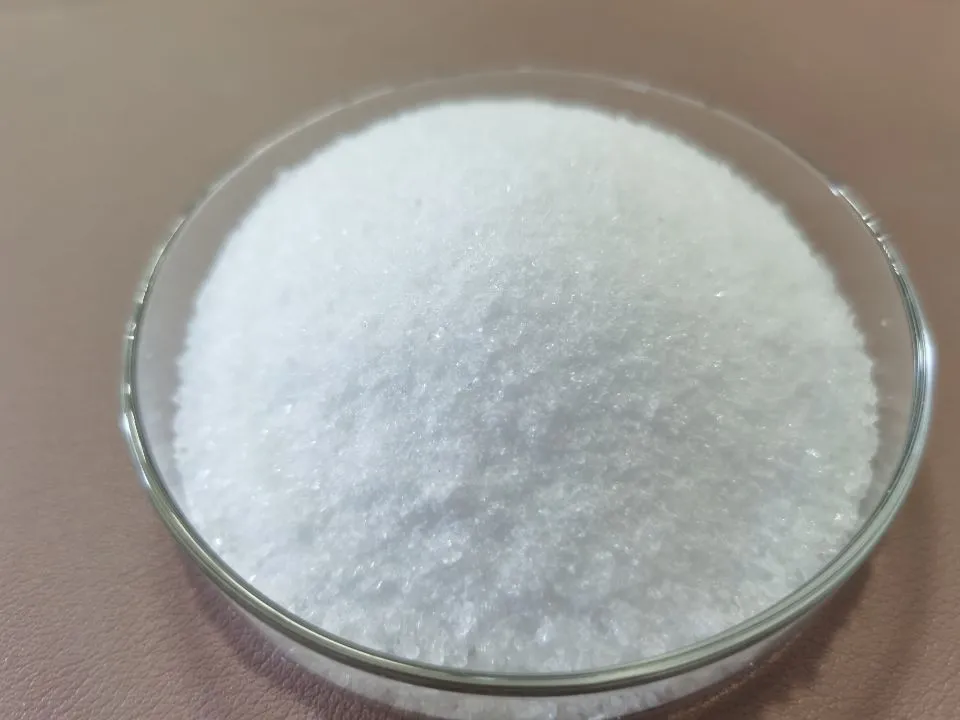Phosphate is an essential inorganic compound widely used in food, agriculture, water treatment, detergents, pharmaceuticals, and biotechnology. Derived from natural minerals, it plays vital roles as a nutrient, stabilizer, and functional additive in numerous industrial and biological processes.
Phosphate is a chemical compound containing the phosphate ion (PO₄³⁻) derived from phosphoric acid. It naturally occurs in rocks, minerals, and living organisms. Industrially, phosphates are extracted from phosphate rock and refined into compounds such as sodium phosphate, calcium phosphate, and ammonium phosphate. These materials are used to produce fertilizers, food additives, detergents, and water treatment chemicals, making phosphate a critical raw material for modern industries and sustainable production.
From natural deposits to industrial applications, phosphate connects geology, chemistry, and technology, ensuring productivity in both nature and industry.
What Is Phosphate Made Of?
Phosphate consists of one phosphorus atom and four oxygen atoms (PO₄³⁻). It can exist as orthophosphate, polyphosphate, or organophosphate, each serving unique industrial and biological purposes.
- Orthophosphate: the simplest phosphate ion used in fertilizers and biological energy transfer.
- Polyphosphate: chain-linked phosphates are widely used in detergents and water softening.
- Organophosphate: carbon-containing phosphates are important in pharmaceuticals and materials science.
Common industrial forms include calcium phosphate, sodium phosphate, and ammonium phosphate.
Where Do Phosphates Come From?
Phosphates are primarily sourced from phosphate rock, composed of apatite minerals. Major global producers include Morocco, China, the United States, and Jordan.
The industrial process involves mining, followed by beneficiation to remove impurities, and acid treatment with sulfuric acid to create phosphoric acid, which is then neutralized to form phosphate salts used in fertilizers and specialty chemicals.
Industrial Production of Phosphate Compounds
The typical manufacturing steps are:
- Mining and Beneficiation – Extraction and purification of phosphate rock.
- Acid Treatment – Reaction with sulfuric acid to yield phosphoric acid.
- Neutralization – Conversion to salts such as monoammonium phosphate (MAP) and diammonium phosphate (DAP).
- Crystallization and Drying – Final solidification and packaging for industrial use.
Recycling phosphorus from wastewater and agricultural residues is increasingly integrated into modern phosphate production for sustainability.
What Are Phosphates Used For?
Phosphates are essential across multiple industries:
- Agriculture: Fertilizers supplying phosphorus for plant growth and soil fertility.
- Food Processing: Emulsifiers, stabilizers, and leavening agents improve texture and shelf life.
- Water Treatment: Prevents corrosion and scaling in pipelines and cooling systems.
- Detergents: Enhance cleaning performance by softening water and binding metal ions.
- Biotechnology & Medicine: Used in buffer systems, DNA synthesis, and bone-regeneration materials.
Types of Phosphate and Their Properties
- Orthophosphate: Simple phosphate ion; essential nutrient and buffer component.
- Polyphosphate: High-solubility form; used in detergents and food preservation.
- Organophosphate: A Functional compound containing carbon-phosphorus bonds; critical in biochemistry and advanced materials.
Environmental and Sustainability Aspects
While phosphates are indispensable, excessive release into the environment can cause eutrophication.
Modern industries adopt phosphate recovery, closed-loop recycling, and precision fertilizer management to reduce waste and maintain ecological balance.
Summary
Phosphate is a compound derived from phosphoric acid and phosphate rock, essential to both industry and biology. Through controlled refining, neutralization, and conversion, it becomes a core material in fertilizers, foods, detergents, water treatment, and biotechnology, supporting global sustainability and innovation.

